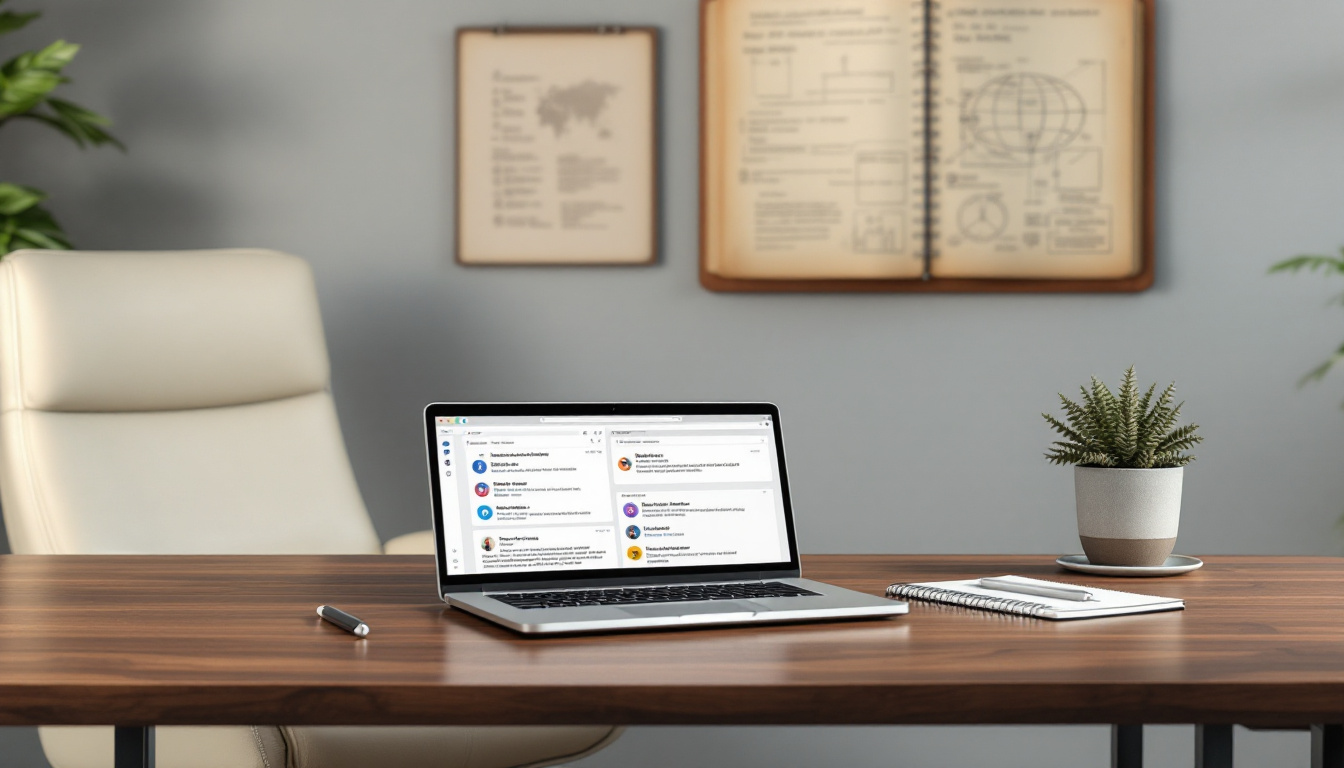How to Write an Effective Email to Propose a Meeting for an International Partnership
In a world dominated by digital communication, the ability to request a meeting via email with a potential partner has become a major strategic lever. In 2025, the competition to stand out in the inbox is fiercer than ever. Professionals must master the art of sending impactful, personalized, and structured messages to generate interest. A poorly worded or overly vague request can quickly be ignored or even create an impression of lack of professionalism. It is therefore essential to adopt a sophisticated approach, taking into account cultural codes and the recipient’s expectations in an international context. Writing a well-crafted email can open the door to fruitful collaborations, innovative projects, or strategic alliances. To achieve this, it is crucial to understand best practices, use proven templates, and integrate modern campaign management tools to maximize your chances of receiving a positive response. The key challenges for requesting a meeting in an international context in 2025
Proposing a meeting to a foreign contact is not limited to simply translating phrases into English or another language. It is a truly intercultural challenge that requires preparation and finesse. The first step is to understand the partner’s expectations and habits according to their region, sector of activity, and corporate culture. For example, in Asia, attention to hierarchy and politeness plays a central role, while in Western Europe, clarity and speed of communication are often appreciated.
To maximize your chances, you also need to master the art of conciseness. In 2025, according to a SendinBlue study, nearly 70% of partnership-related emails will be opened but not responded to if the message is too long or poorly targeted. The subject line of the email must therefore convey a clear and compelling proposition, evoking the value for the recipient. A good message should also emphasize the sender’s credibility and include a specific reference to their industry or a previous interaction. Finally, it’s essential to include a concrete response proposal, for example, by offering specific slots or a direct link to a shared calendar, such as those offered by Calendly or Doodle, to simplify appointment scheduling.
Tips for writing a powerful meeting proposal email for an international project
In an international context, subtlety and personalization make all the difference. Here are some tips for writing emails that capture attention and encourage a response:
Be specific in the subject line: Clearly state the topic of the meeting, for example, “Strategic Partnership Proposal in Asia.” Vague or overly commercial subject lines are often ignored.
- Personalize each message: Mention a specific issue at the meeting, refer to a previous interaction, or share news about the partner. This demonstrates your sincere interest. Adopt a professional and appropriate tone: Avoid overly familiar or intrusive language. Politeness and recognition of their work are essential, especially in Asian or Arab cultures.
- Offer specific time slots: Make it easier to respond by offering two or three concrete options, preferably via a link to an interactive calendar that includes different time zones. Include a clear call to action.
- : Explicitly ask for their availability or suggest a simple action to complete. Concrete examples of email templates for proposing a meeting in an international project
- To help you write your messages, here are five templates that can be adapted according to the context, sector, or location of the partner: Type of situation
- Email example Proposal for a strategic partnership
Best regards,
Meeting with an industry expert in a specific country
| We look forward to hearing from you, | Follow-up after initial contact |
|---|---|
| Thank you in advance, |
|
| Confirm your participation or suggest another date. |
|
| Meeting request with a potential partner in 2025 |
|
| Elements for structuring a successful meeting request email in an international context |
|
| It must be specific, engaging, and reflect mutual interest. For example: “Partnership proposal in Latin America” or “Opportunity for cooperation in French-speaking Africa.” |
|
It should briefly introduce the sender while contextualizing the approach. Mentioning a common point, a recent interaction, or specific information helps create an immediate connection.
The body:
- Get straight to the point, explaining the purpose of the meeting, avoiding overly long or unfocused speeches. Emphasize the added value of the meeting and offer date options. The conclusion:
- Invite them to respond quickly, by providing a link to a scheduling tool or simply asking for their availability. End with a polite phrase appropriate to the culture of each contact. Elements
- Purpose Specific subject
- Captures attention and encourages the email to be opened Contextualization
| Creates an immediate connection and demonstrates knowledge of the partner | Clear proposal |
|---|---|
| Facilitates response and accelerates the process | Call to action |
| Simplifies decision-making | Appropriate courtesy |
| Respects the culture and enhances the relationship | Essential tools for automating appointment scheduling in an international context in 2025 |
| To optimize the management of requests, several automation and scheduling platforms have become essential. These tools facilitate segmentation, personalization, automatic follow-ups, and performance monitoring. | Among them, solutions such as MailChimp, SendinBlue, Sarbacane, and Omnisend offer advanced features to track responses, tailor messages, and save time. For example, by integrating a platform like Calendly or Doodle, it is possible to automatically send invitations, manage different time zones, and follow up with contacts who have not responded. Additionally, automation through these tools helps avoid organizational errors and ensures consistency in communication. Synchronizing with CRMs like Zoho Campaigns or MailerLite also allows for refined segmentation based on recipient profiles, for relevant and effective campaigns. |
| Best practices for ensuring effective follow-up after an international meeting | Once the meeting is organized, the work doesn’t stop there. The success of an international partnership also depends on structured and personalized follow-up. By 2025, studies show that 80% of concrete projects will result from rigorous follow-up after the initial contact. |
It is advisable to quickly send a confirmation email and thank the partner for their time. A summary report, summarizing the points discussed and the next steps, should then be shared promptly. Using tools like MailChimp or Constant Contact allows you to automate this step, while tailoring the message to each contact.
Key Actions
Importance ThanksCreate a positive and lasting relationship
Summary
Clarify decisions and responsibilities
Plan milestones
Ensure project continuity and progress
| Follow-up if necessary | Maintain engagement and adjust based on feedback |
|---|---|
| Personalized follow-up | Strengthen credibility and build trust |




